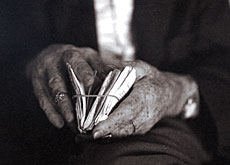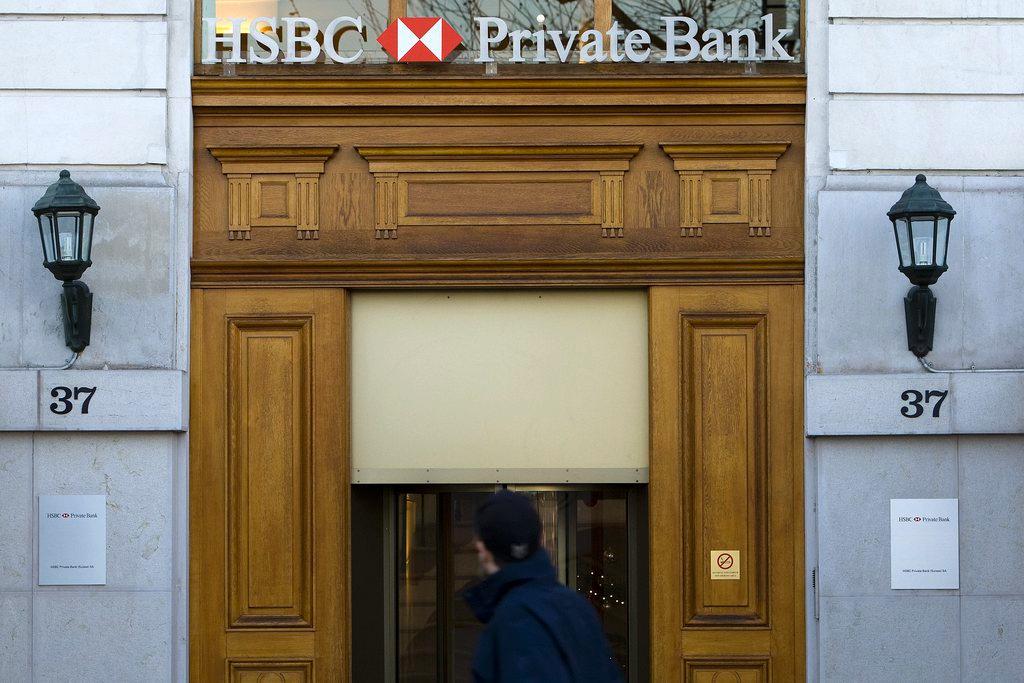
India fails to get to root of black money problem

The Indian government’s initial unsuccessful efforts to unearth billions of dollars of undeclared foreign assets - some believed to be hidden in Swiss banks - highlight the complexity of vehicles used to move money illicitly.
Earlier in the year, a new law on black money came into effect. It included a three-month compliance window for tax evaders. But after the window closed on September 30 for Indians to disclose overseas assets, the government of Narendra Modi said only $632 million (INR 4147 crore) had been recovered – far short of the billions he’d promised to collect from tax evaders.
The new law is called Black Money (Undisclosed Foreign Income and Assets) and Imposition of Tax Act, 2015.
The three-month compliance window required declarants to pay up 30% each for penalty and tax on the disclosed amount. The compliance window shut on September 30.
The government is expected to earn $380 million in taxes (60% of the disclosed amount). There were 638 disclosures registered, with an average disclosure of less than a million dollars per declarant. Declarants have to pay up by the end of this year.
One estimate, by the Washington-based think-tank Global Financial IntegrityExternal link, puts the cumulative illicit outflows from India between 2003 and 2012 at a whopping $439 billion, or an average of nearly $44 billion per year.
There are a number of possible reasons why the authorities failed to attract more disclosures.
“Apart from the lack of sufficient time and clarity on the provisions, potential declarants had concerns on confidentiality and immunity from laws other than tax,” independent tax expert Uday Ved, told swissinfo.ch.
Amit Maheshwari, Partner, Ashok Maheshwary & Associates, added that “onerous disclosures and valuation rules and insufficient time given to taxpayers contributed to this”.
Shell companies
And experts like Arun Kumar feel the law is not a strong enough weapon to fight tax evasion, since perpetrators use complex layering techniques and a network of shell companies to move their money.
“The law simply did not have provisions to uncover black money overseas. It did not spell out how the trail can be tracked,” says Kumar, former Professor at the Jawaharlal Nehru University in New Delhi, and author of the book The Black Economy in India.
“This bill is toothless, despite its draconian provisions. If you do not catch anyone in the first place, how do these strict measures matter?” he adds. “People have already moved their money out. It is going to be difficult for the government to track the trail. Only those people who put their money in their own names can actually be caught, and those who did not shift their money out on time.”
Trillions
To put in perspective the scale of the failure of this effort, the size of the Indian economy must be considered. The World Bank estimated that India’s GDP was more than $2 trillion in 2014. Kumar believes more than 50% of the Indian economy is blackExternal link.
It is hard to accurately say how much of the black money generated in India goes overseas every year, partly because illicit cash transactions for, say drug trafficking, may not get captured, and in addition, the outflows from the underground economy may vary every year.
Academic experts like Kumar have suggested that only about 10% of the total black money generated in India is sent abroad and the remaining 90% of the total black income generated in the country is still in circulation. While some of the undeclared money sent abroad comes back into the country, an unknown amount is invested in property and other immovable assets.
Of the illegal outflow of about $2 trillion between 1948 and 2012, not all can be brought back.
“The reason is that a part of it has been round tripped back to India and another part invested in businesses, real estate, etc.,” says kumar. “So what is left in liquid form in financial assets which can be brought back is not as large as the above figure of $2 trillion.”
Swiss banks
At the end of 2014 there was only $1.9 billion in Indian holdings in Swiss banks, the financial institutions often mentioned in the Indian press in connection with black money. (The Swiss National Bank External linkfigure does not include the money that Indians or others might have in Swiss banks in the names of entities from different countries, for example, the United Kingdom.)
As part of the global shift towards more tax transparency and automatic exchange of information, Swiss banks say they actively advise their client to obtain tax conformity in cases where there is non-compliance.
According to Sindy Schmiegel Werner, spokeswoman of the Swiss Bankers Association (SBA), the Swiss banks do not accept any untaxed assets.
Round tripping
It’s estimated that about 40% of the money sent abroad comes back into the country through round-tripping – where outflows are disguised as foreign direct investment (FDI) especially from tax havens such as Mauritius.
In the 2014 financial year, FDI to India was $24.7 billion, with about 24% from Mauritius, followed by 21% from Singapore, according to the Reserve Bank of India.
The Indian Supreme Court appointed Special Investigations Team (SIT) on black money has also drawn attention to instruments called participatory notes that allow foreign investors to bet on Indian securities without having to register with the market regulator. Registered foreign institutional investors (FIIs) issue P-Notes to foreign investors for a fee.
Admission
After the dismal response to its efforts to recover black money, Finance Minister Arun Jaitley acknowledged that the bulk of the black money is within IndiaExternal link, suspected to have been parked in vehicles such as property, agriculture, and to finance elections.
Commentators say that much of what can be done remains within the jurisdiction of the Indian government, not the least fixing campaign finances, for example.
Prime Minister Modi’s electoral promises to bring back black money will not amount to much, they say, until there are specific ways of cracking down on black income generation, including the introduction of the Goods and Services Tax (GST) – a comprehensive tax on manufacture, sale and consumption of goods and services at a national level, which will streamline trade within the country. The Indian tax authorities did not respond to email enquiries for their position on these proposals.
Automatic information exchange
Working with foreign jurisdictions, remains an option, albeit one with limited outcomes. The much-touted automatic information exchange standard on taxes will kick in only two years from now. Besides, the lack of availability of information on real owners of trusts and offshore companies who may have accounts in Swiss banks will not completely solve the problem.
There are riders on the amount of stake a ‘national’ has in an account – if less than 25%, the requested country is not under obligation to share information on such an account. This is easily manipulated by holders of black money who can split their investments into a number of accounts across jurisdictions to avoid detection.
“Catch the people who transfer money abroad on behalf of others. You have to catch people here in India, before they send the money out,” Kumar says.
FATCA
But not all doors are shut for India. The U.S. has included India under the aegis of the Foreign Account Tax Compliance ActExternal link (FATCA) that will to some extent enable the Indian government to access information on Indian taxpayers with American bank accounts.
The Indian approach has to be fundamentally different: to prevent the generation of black money in the first place than trying to get it back, say the experts.
“Given the extensive loopholes in the world’s shadow financial system and the lack of concerted international action to plug them as well as the daunting legal challenges involved in convicting holders of such assets, we feel that countries are better served to curtail further generation and transfer of illicit funds than to try and recover funds that were lost over the decades,” Dev Kar, chief economist of Global Financial Integrity told swissinfo.ch.
What the current government has received in disclosures ($632 million) is a fraction of what the government should have got. Based on the given the size of the Indian economy today, assets worth $45 billion should have been disclosed. (This is nearly equivalent to the amount of average annual illicit outflow in recent years, as estimated by GFI).
Compare this to the previous Voluntary Disclosure of Income Scheme introduced by the government in power in 1997. The scheme that targeted tax evaders with assets within the country yielded $1.5 billion in taxes under disclosures worth $5 billion.
Back then, the Indian economy was also much smaller.
The new law is designed as a deterrent. It is a permanent law. The government was cautious in not labelling it as an amnesty scheme. Various authorities including the Supreme Court of India and the Comptroller and Auditor General of India (CAG), found that tax amnesty schemes in the past have turned black money makers into habitual offenders.

In compliance with the JTI standards
More: SWI swissinfo.ch certified by the Journalism Trust Initiative










































You can find an overview of ongoing debates with our journalists here . Please join us!
If you want to start a conversation about a topic raised in this article or want to report factual errors, email us at english@swissinfo.ch.